Killelton House
Houses within 10km of this house
Displaying 28 houses.
Houses within 10km of Killelton House
Displaying 28 houses.
| House name | Description | |
|---|---|---|
| Mount Pleasant | An 18th century house that was the home of Richard Bury, son of John Bury of Shannon Grove, county Limerick. In the 19th century it was the residence of the Cox family. Griffith's Valuation shows that Captain J. Cox held the property from the representatives of Anthony Hickman. The house was valued at £22. Two other houses in the townland of Clarefield were also occupied by members of the Cox family, Kate Ville and Mary Ville. This house is now a ruin. |
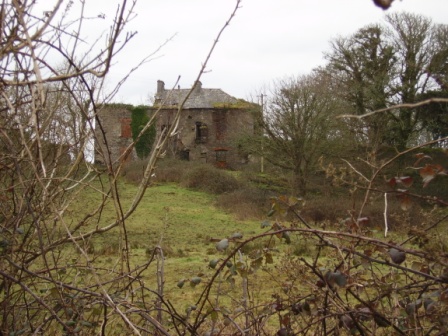
|
| Querrin | Originally built in the Dutch style by the Van Hogart family who intermarried with the Hickmans of nearby Ballykett. Later the home of the Borough family, William Borough was resident in 1814 and it was later occupied by their descendants, the Counihans. Dr John F. Counihan was in possession of Querrin in 1906. This house close to the shore of the Shannon is still a family home, old walls are still evident and the house has been modernised. |
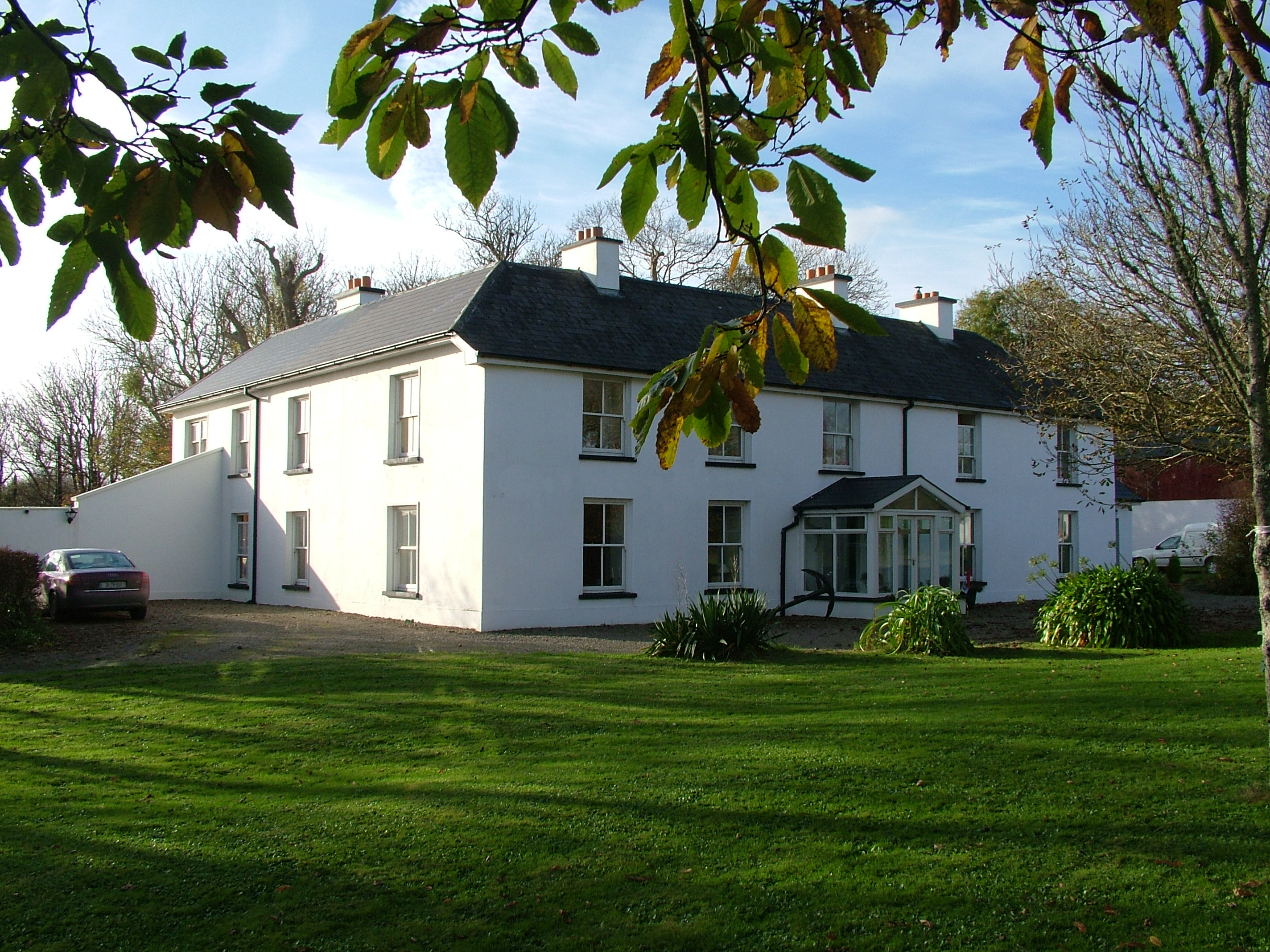
|
| Cappagh House (Kilrush) | Occupied by John Trousdell in 1814. Later the home of the Blairs who intermarried with the Persses of Moyode, county Galway. At the time of Griffith's Valuation it was occupied by William Blair leasing from the Vandeleur estate when the house was valued at £14. The property was labelled Cappagh House on the 25-inch Ordnance Survey map of the 1890s. Modern building has taken place in the area. | |
| Broomhill House | Situated just north of Kilrush. Weir writes that this was an old house built before the town of Kilrush. It was occupied by Robert Parkinson in 1814 and by John Kelly at the time of Griffith's Valuation who held it from Colonel Crofton M. Vandeleur. A house is still extant at the site. | |
| Kilrush House | An early 19th century house, home of the Vandeleur family, though they were in residence in the eighteenth century as Wilson refers to Kilrush as the seat of Crofton Vandeleur in 1786. In the mid 19th century it was valued at £85. In 1897 it was completely destroyed by an accidental fire. The site of the house is now a car park for those wishing to visit the Vandeleur Walled Garden, which has recently been restored, or to walk in the woods. |
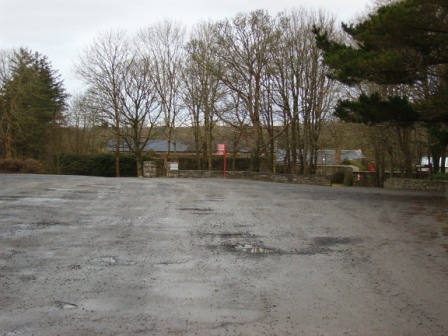
|
| Pella House | A Studdert home on the Vandeleur estate valued at £13 in the mid 19th century. Weir writes that the house was built by Admiral John Fitzgerald Studdert and it remained a Studdert home until 1900. Though a house is still extant at the site the original house is now ruinous. |
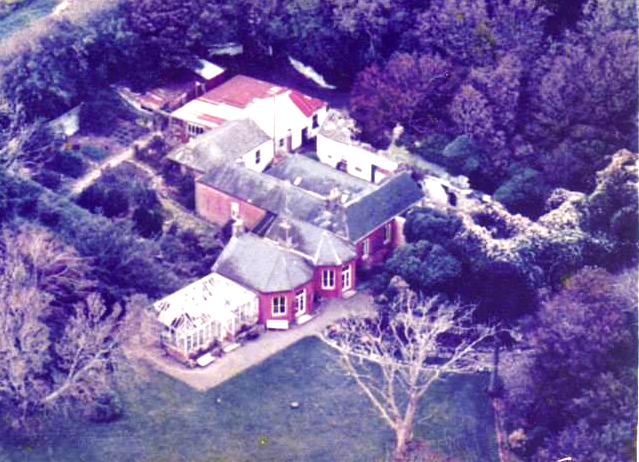
|
| Aghangran House | Joseph Dexter was leasing this property from the Blacker estate at the time of Griffith's Valuation, when it was valued at £4. Leet recorded it as the seat of Thomas O'Connor in 1814. In 1837 Lewis mentions the house as the residence of J. O'Connor. The Ordnance Survey Name Books mention that John O'Connor was leasing the property from Maxwell Blacker in the 1830s. Bary notes that the house was associated with the O'Connor family earlier in the nineteenth century. It was later burned and subsequently demolished. | |
| Ballyline | St. John Blacker was leasing this property to Nicholas King at the time of Griffith's Valuation, when it was valued at £3 10s, on a holding of over 250 acres. Modern farm buildings exist at the site now. [Grid Reference is approximate]. | |
| Carrigafoyle Castle | Charles L. Sandes was leasing this property to Stephen Sandes at the time of Griffith's Valuation, when it was valued at £19 10s. It is described on the 1st edition Ordnance Survey Map as Carrigafoyle Castle but on the later 25" edition as Carrigafoyle House. In 1786 Wilson refers to it as "the ancient mansion of O'Connor Kerry, formerly a place of great strength and important.. but now serving as a store to transport goods from the adjacent places to Limerick". |
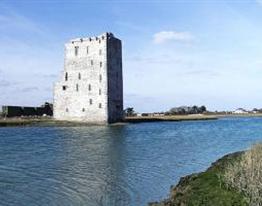
|
| Letter House | John Wren was leasing this property to Alicia Wren at the time of Griffith's Valuation, when it was valued at £13. Lewis records it as the seat of G. Wren in 1837. In 1814 Leet refers to Litter as the residence of John Wren. Bary writes that Letter was originally a Blennerhassett property which passed to the Wren family through marriage., It is still extant and owned by descendents of that family. | |
| Rushy Park or Rusheen Park | At the time of Griffith's Valuation, Rev. Samuel Leonard was leasing this property to Thomas O'Connor, when it was valued at £9 15s. Bary writes that this house was in the Leonard family in the early nineteenth century. It was demolished in the early twentieth century and a new house constructed at the site. | |
| Coolard House | At the time of Griffith's Valuation, Samuel Raymond, MD, was leasing this property to Patrick Dalton, when it was valued at £10 5s. A house still exists at the site. | |
| Tullamore House | Sir John Benn-Walsh was leasing this property to Laurence Buckley at the time of Griffith's Valuation, when it was valued at £12 10s. In 1814 Leet refers to it as the residence of Mrs. Julian. Wilson writing in 1786, mentions Tullamore as the seat of Rev. Mr. Julian. In 1837 Lewis noted it as the seat of C. Julian. Bary writes that it was a house mostly associated with the Julian family. It was derelict at the end of the twentieth century. | |
| Pyrmont House | Wilson refers to "Fyrmont" as the seat of George Leake in 1786. In 1837 Lewis recorded this house as the seat of W. Sandes. At the time of Griffith's Valuation, the representatives of Lord Hallyburton's estate were leasing this property to William Sandes, whom Bary describes as the most "fair-minded" of the Sandes family and a noted horseman. The house was valued at £13 10s at the time. Prymount was included in the sale of the Gun Mahony estate in 1856 when William Sandes was recorded as the tenant from year to year. It later passed to the Sandes of Swallowglen and was subsequently demolished. | |
| Woodlands or Aghana | Robert Leslie was leasing this property to Pierce Leslie at the time of Griffith's Valuation, when it was valued at £8 15s. Lewis records it as the seat of Pierce Leslie in 1837. Bary notes that Robert Leslie was reared by Pierce Leslie, the owner of this property, when he succeeded his father at a young age. The house seems to have been known at times as Aghana House and is still extant and occupied | |
| Tarbert House | Tarbert House was owned by Robert Leslie at the time of Griffith's Valuation when it was valued at £24 10s. Both Leet in 1814 and Lewis, in 1837, note it as the seat of R. Leslie. In 1906 it was valued at £25. The National Inventory of Architectural Heritage suggests the house was built c.1720. In 1786 Wilson describes it as "happily situated on an eminence commanding an extensive view". The house has remained in the Leslie family since that time though the estate was sold to the tenants c.1904. It is open to the public during the summer months. |
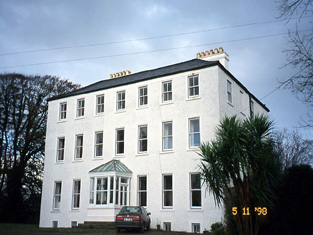
|
| Sallowglen | William Sandes was leasing this property to Thomas Sandes at the time of Griffith's Valuation, when it was valued at £24. Lewis notes it as the seat of T.W. Sandes in 1837 as does Leet in 1814. Wilson, writing in 1786, refers to "Sallow Glin, the new and handsome house of William Sandes". In 1906 it was the property of Thomas W. Sandes and valued at £50. Bary writes that it was resided in by the Sandes family and their descendents until the 1920s when the estate was sold. It has since been demolished. | |
| Farranawana House | At the time of Griffith's Valuation, this property was being leased by St. John Blacker to the trustees of Glin Poor Law Union, as an auxilliary workhouse. By 1895 it is labelled on the Ordnance Survey map as Farrawanna House. A house and farm buildings are still extant at the site. | |
| Besborough | Occupied by Reverend Theobald Butler in 1837 and still in his possession at the time of Griffith's Valuation. He held the property from Letitia Hickman and it was valued at over £22. By the 1870s this house was the home of Robert William Cary Reeves and it was still in his possession in 1906. Later in the 20th century the house became the home of the Hassett and Sexton families. | |
| Carrowdotia House | A house on the Vandeleur estate, it was the residence of William Daxon in 1814 and of R.D.Daxon in 1837. Valued at £17 at the time of Griffith's Valuation and occupied by James Cathro. This house now appears to be the centre of a working farm. |

|
| Doonnagurroge Castle | Weir writes that this is a 17th century house with a Hodges coat of arms over a door. William Monsell is recorded as the proprietor of Donogroge, Kilrush in 1814. Situated on the Hickman estate it was occupied by George Crowe Hodges in 1837 and at the time of Griffith's Valuation. The Clare Journal (17 Nov 1856) records the death of this gentleman aged 70. The home of the Talty family in the later part of the 19th century. |
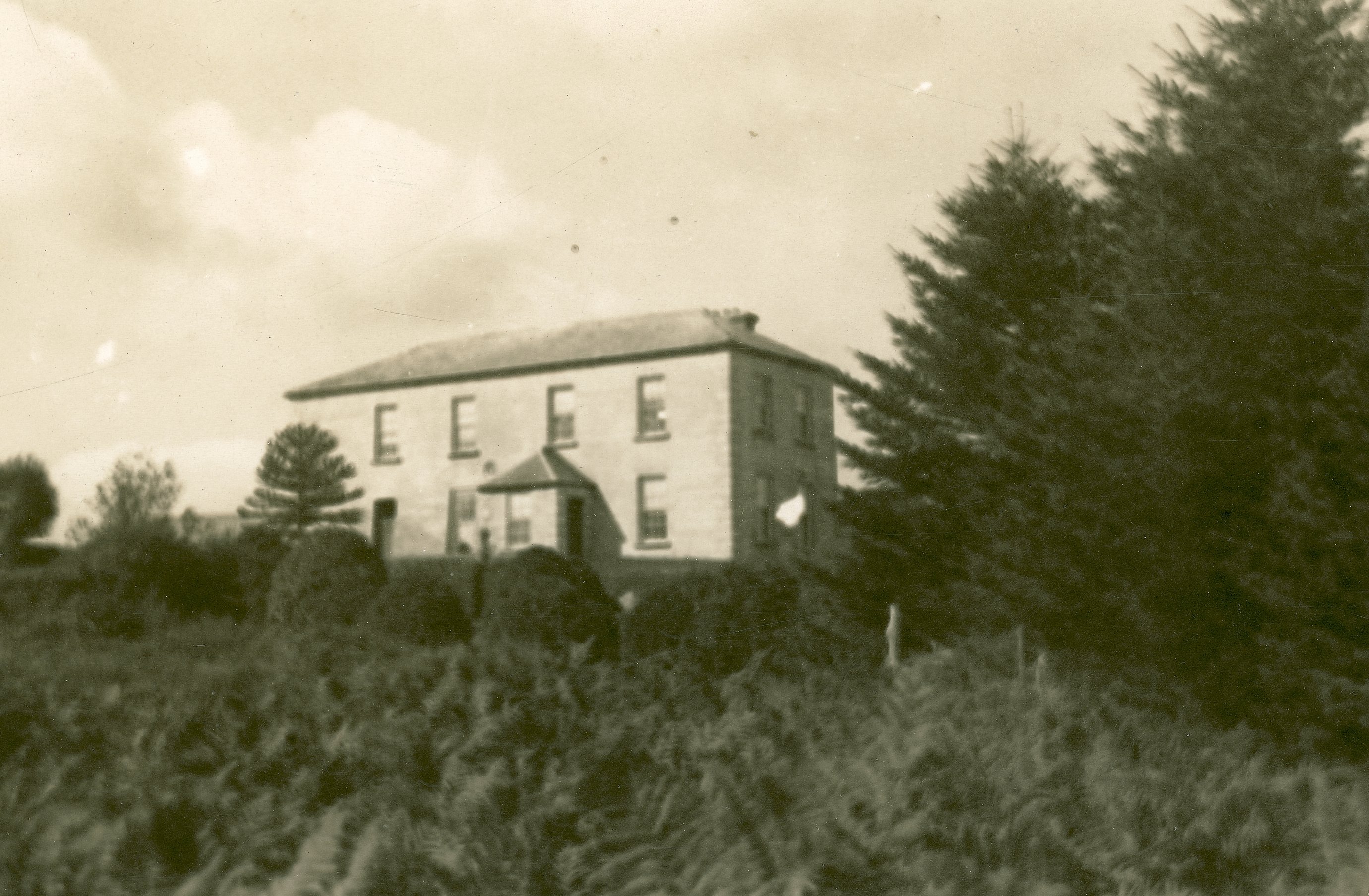
|
| Gunsborough | At the time of Griffith's Valuation, this was the property of Pierce Mahony and valued at £12 10s. It was leased to Listowel Board of Guardians as an auxilliary workhouse. In 1837 Lewis records it as the property of Pierce Mahony who had recently purchased the estate. Bary writes that it had previously been in the possesson of the Gun family. It is now ruined. | |
| Belleview/Bellevue | A house located on the Vandeleur estate close to the town of Kilrush, the residence of Captain Jewell in 1814 and of Nicholas S. O'Gorman at the time of Griffith's Valuation, when it was valued at £11. Weir writes that this was a late 18th century house, still extant. |
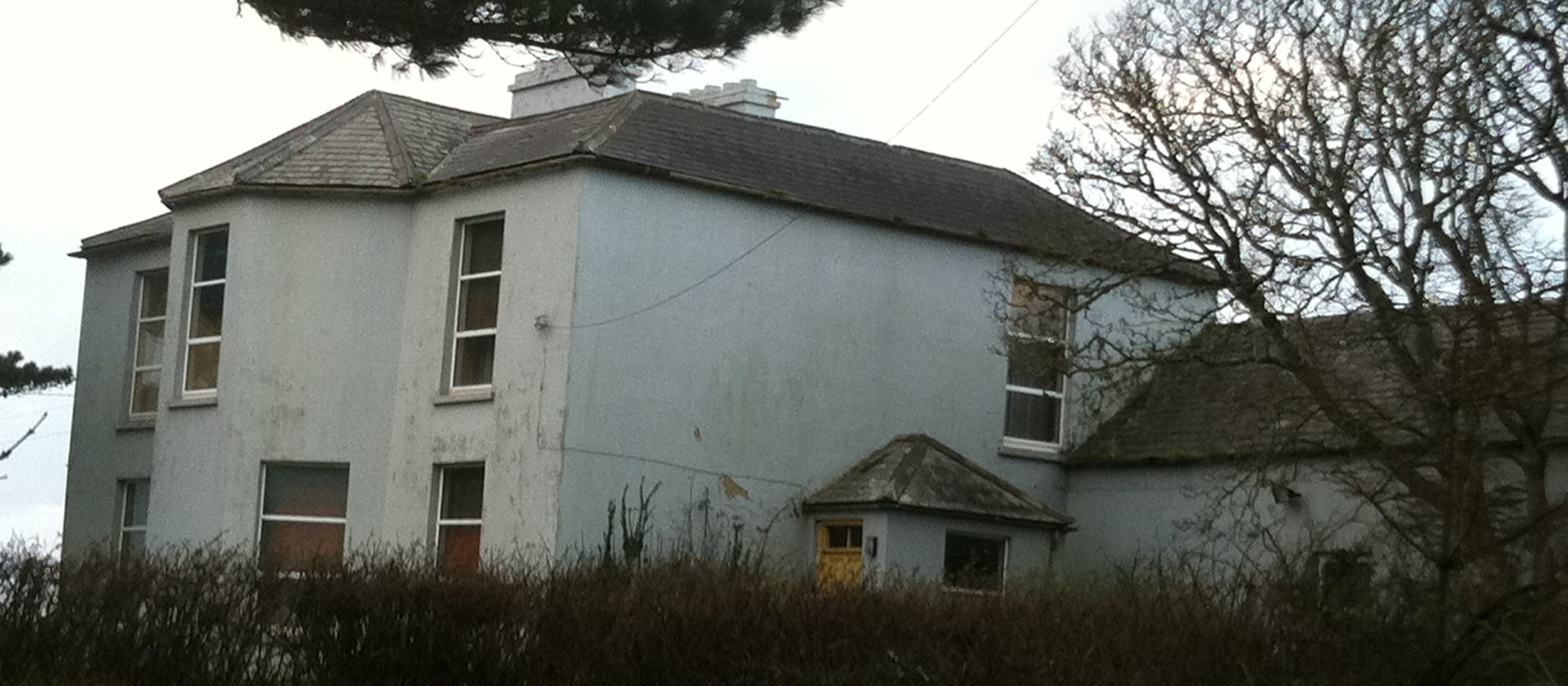
|
| Cappagh Lodge | Another larger house in Ballynote West townland, valued at £18 at the time of Griffith's Valuation and occupied by Robert H. Borough, who held it from Nicholas S. O'Gorman. This house is labelled Cappagh Lodge on the 25-inch Ordnance Survey map of the 1890s. Local sources indicate it was later occupied by the Butler family. Later in the twentieth century it was taken over by the Ryan family whose descendants still live there. | |
| Shannon View (Tarbert) | At the time of Griffith's Valuation, Richard Hinde held a farmhouse at Coolnanoonagh, valued at £2 15s. A house labelled Shannon View appears at this location on the 25-inch edition Ordnance Survey map, published in the 1890s. A house is still extant at the site. | |
| Fort House | This house near the town of Kilrush was the residence of John Trousdell in 1814. Occupied by Richard Studdert in the early 1850s who held the house valued at £7 and three acres from Brew Cox Donovan. Weir writes that it was the agent's house for the Vandeleur estate at one time. | |
| Rusheen House | In 1786 Wilson refers to Rusheen as the seat of Mr. Crosbie. The 1st edition Ordnance map of the townland shows both Rusheen House and the site of "Rusheen Old House". At the time of Griffith's Valuation Stephen Sandes was leasing this property from the Crosbie estate. It included a herd's house valued at £1 5s. Bary writes that there were several marriages between members of the Crosbie and Sandes families in the eighteenth and nineteenth centuries. The house is no longer extant. | |
| Querrin Lodge | Querrin Lodge was enlarged after the publication of the 1st edition Ordnance Survey Map and Griffith's Valuation. Borough family history indicates that it became the property of Randal Borough of Cappagh Lodge in the early 1850s. It is labelled Querrin Lodge on the 25-inch edition map of the 1890s. The building is still extant but derelict. |

